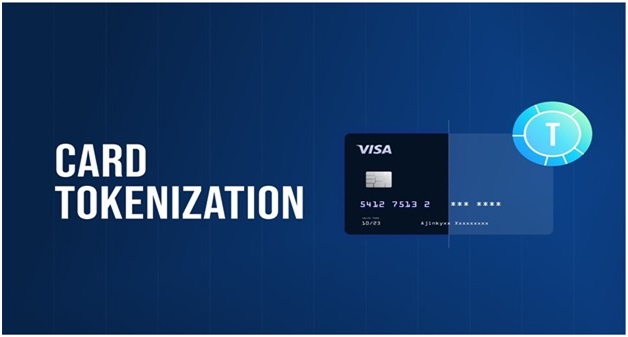Card-on-File Tokenisation (CoFT) (Business Standard)

- 18 Nov 2023
Why in the News?
Recently, Visa has highlighted that the primary advantage of tokenization is a decreased risk of data breaches.
What is Card-on-File Tokenisation?
- Tokenisation is a process where the cardholder’s original card number, one which is written on the card and is extensively used for transactions and card identification, is replaced with a surrogate term called ‘token.’
- This process allows enhanced card protection by converting the customers’ card numbers into tokens.
- The exchange of tokens happens between the token requestor and the network, which empowers customers to receive a secure and reliable online payment experience.
- All relationship evidence of such exchange between token and crucial card information is securely saved in a vault that is only accessible to the card networks.
- Resultantly, the customers’ card details will be highly protected from online fraud and hackers.
How Does Card-on-File Tokenisation Work?
- When a customer makes a transaction by using their card at a tokenisation-based-authentication server:
- A credit/debit card is used for transactions at a POS device or an e-commerce website
- The tokenisation system receives and interprets the credit card number
- The tokenisation system goes on to replace the original credit card number with a 16-digit random character token for security
- The tokenisation system then provides the converted 16-digit random token number to the e-commerce marketplace and replaces the user’s credit card number with the same in their system
- For instance, card number (example): 4018 2255 6984 7854 will be replaced with token number: 4325 5214 8574 6658.
- The tokenisation system is an important tool for separating crucial data in ecosystems and databases while also offering enhanced card protection to cardholders.
